Kevin Morse, CEO of Cairnspring Mills in Skagit Valley, Washington, likes to start the tour of his facilities with a question to the audience: “Have you ever seen a flour mill?” Even the bakers with many years of experience will answer no. The flour that lines grocery store baking aisles and home pantries is so ubiquitous, it’s not often questioned how it got from farm to shelf or from wheat stalk to flour sack.
The average five-pound bag of flour is a product of just a few industrialized millers. As of 2019, there were only 166 flour mills left in the U.S., and of those, the 20 largest U.S. milling operations produced 94.7% of the wheat flour in the country.
It wasn’t always like this. Small mills used to dominate the market. In the 19th century, over 23,000 mills existed in the U.S., with each often serving just the local community; but they have been replaced by industrialized mills, leaving only 26 small mills in operation today. The commodity flour those big mills grind is derived from the cheapest grain possible, varieties that yield the highest amounts of flour from each wheat kernel. The flour is then ultra-processed, sifting out most of the germ and bran—the two nutrient-dense parts of the wheat kernel—in order to extend its shelf life. While this might be the model that Ardent Mills and General Mills follow, small mills in the Skagit Valley, like Cairnspring Mills and Fairhaven Mill, prove it’s not the only economically or sustainably viable way to make flour.
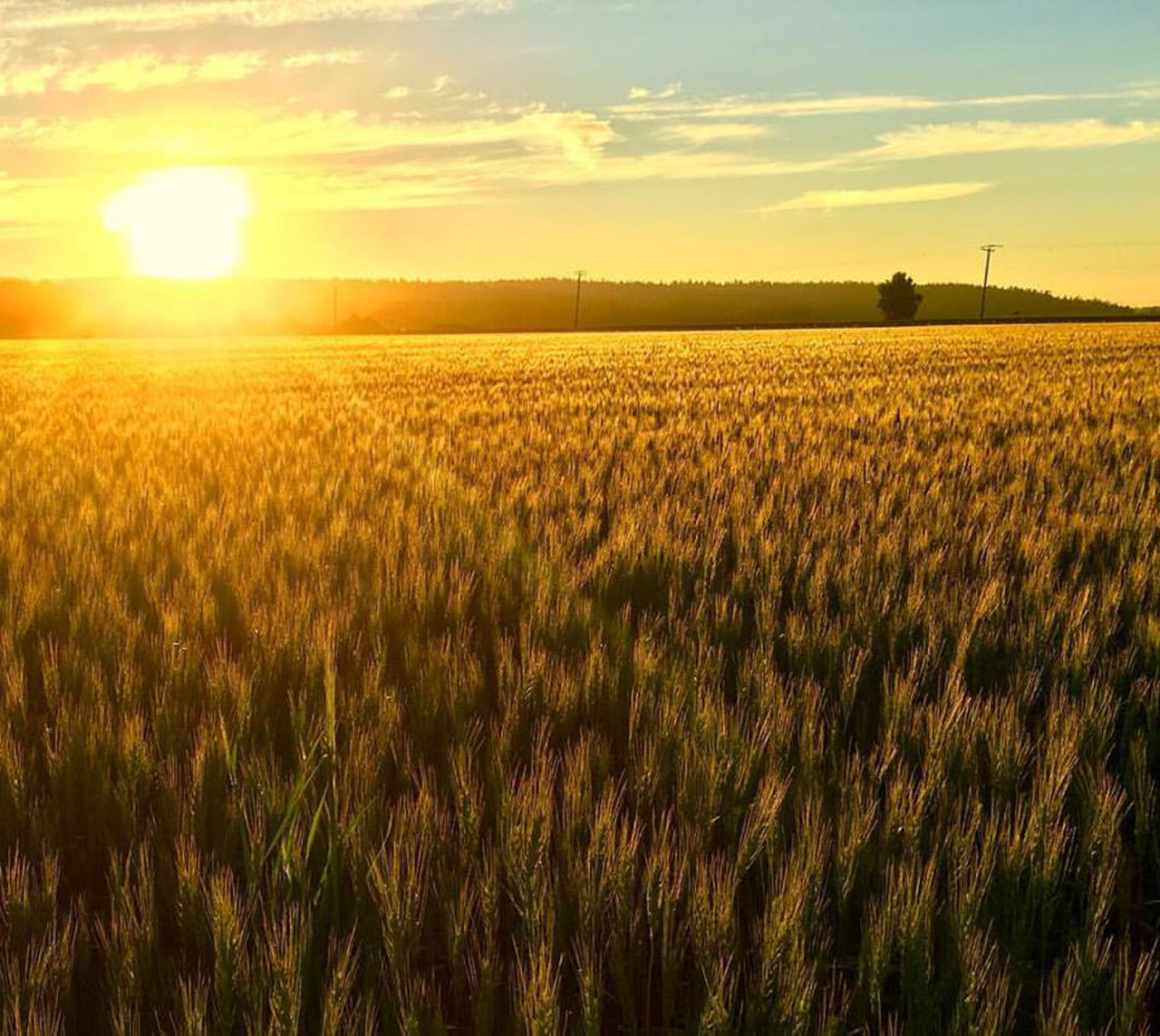
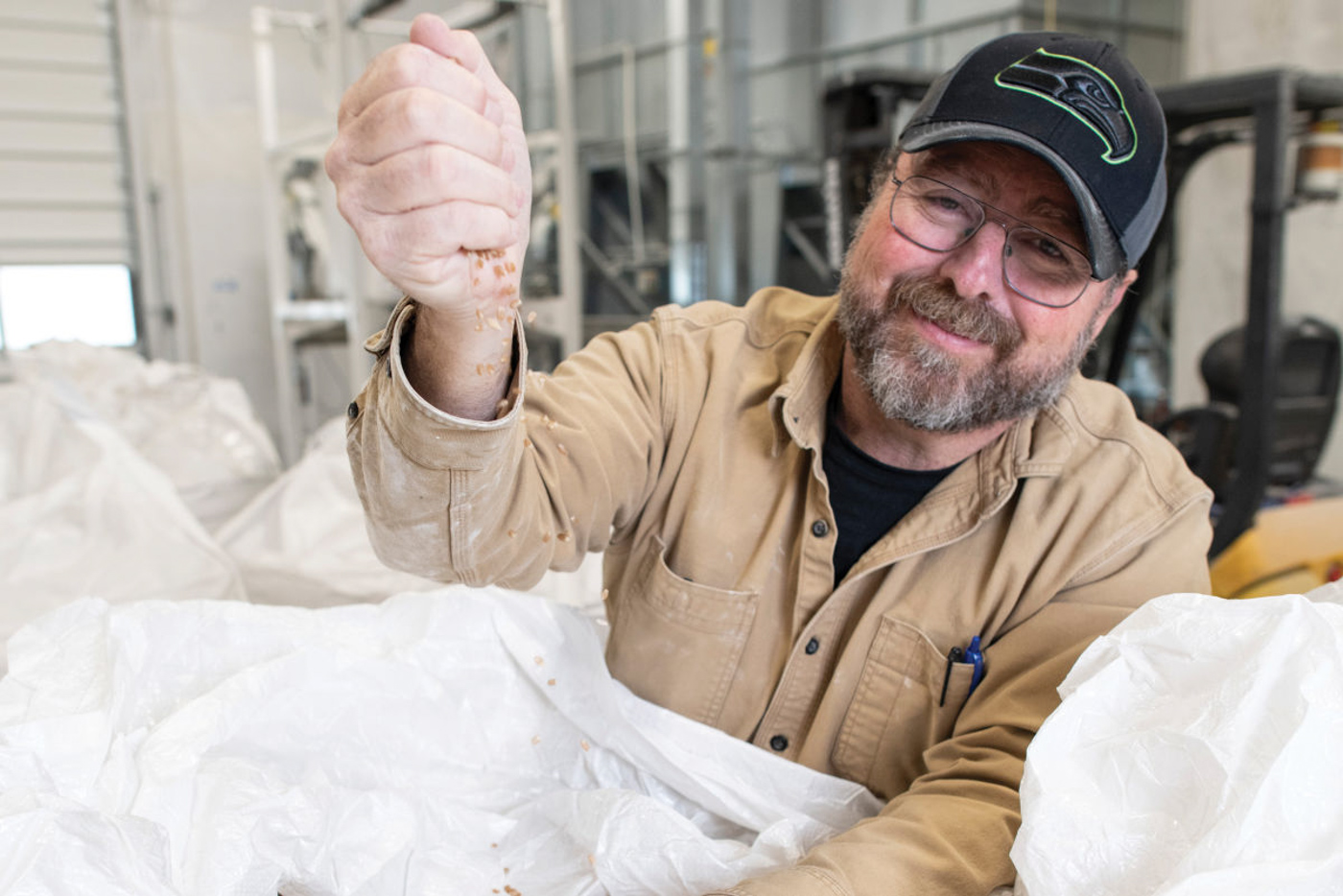
The Skagit Valley is located in the northwest corner of Washington State, halfway between Seattle and Vancouver, Canada. The valley is sandwiched between the San Juan Islands to the west and the Cascade mountain range to the east. The Skagit River flows through the region’s lush farmlands and small townships, from Mount Vernon right off I-5 to the coastal community of La Conner. The Skagit Valley is increasingly becoming known for its vibrant grains community, where wheat farmers are breaking free from the commodity market, and local millers are turning local grains into hyperlocal fresh flours for home bakers and production bakeries alike.
Wheat has long grown in the Skagit Valley—in fact, Fairhaven Mill was established 47 years ago as an organic flour mill by a handful of counterculture food folks looking to produce the kind of organic flour they couldn’t find in grocery stores. “My mill is two years older than Bob’s Red Mill and we have been quietly milling local organic flour since 1974,” says CEO Andrew Miller, who acquired the mill in 2019 from Kevin and Matsuko Christenson, the couple that ran the mill for over a decade after purchasing it from one of the original worker-shareholders Bill Distler in 2010. Fairhaven Mill, the first organic flour mill in the region, started a revolution that in recent years has blossomed as newcomer Cairnspring Mills has taken off, and the Skagit community has invested in changing the way their wheat is grown, processed and sold.
Unlike Distler, Morse didn’t set out to join this flour revolution. He worked over 35 years in everything from conservation, to rural economic development, and livestock farming in Washington state. In all the various positions he has held over the years, his career has an overarching theme: it is focused on ways to preserve the viability of natural resources. At age 50, he wanted to continue that line of work by founding a sustainable meat processing business, but a combination of obstacles prevented him from realizing that dream.
But in the process of trying to build that business, he was introduced to people from the Port of Skagit and Breadlab, a wheat research facility run by Washington State University. Both groups were investing in local food systems in the Skagit Valley with a focus on local grain agriculture.
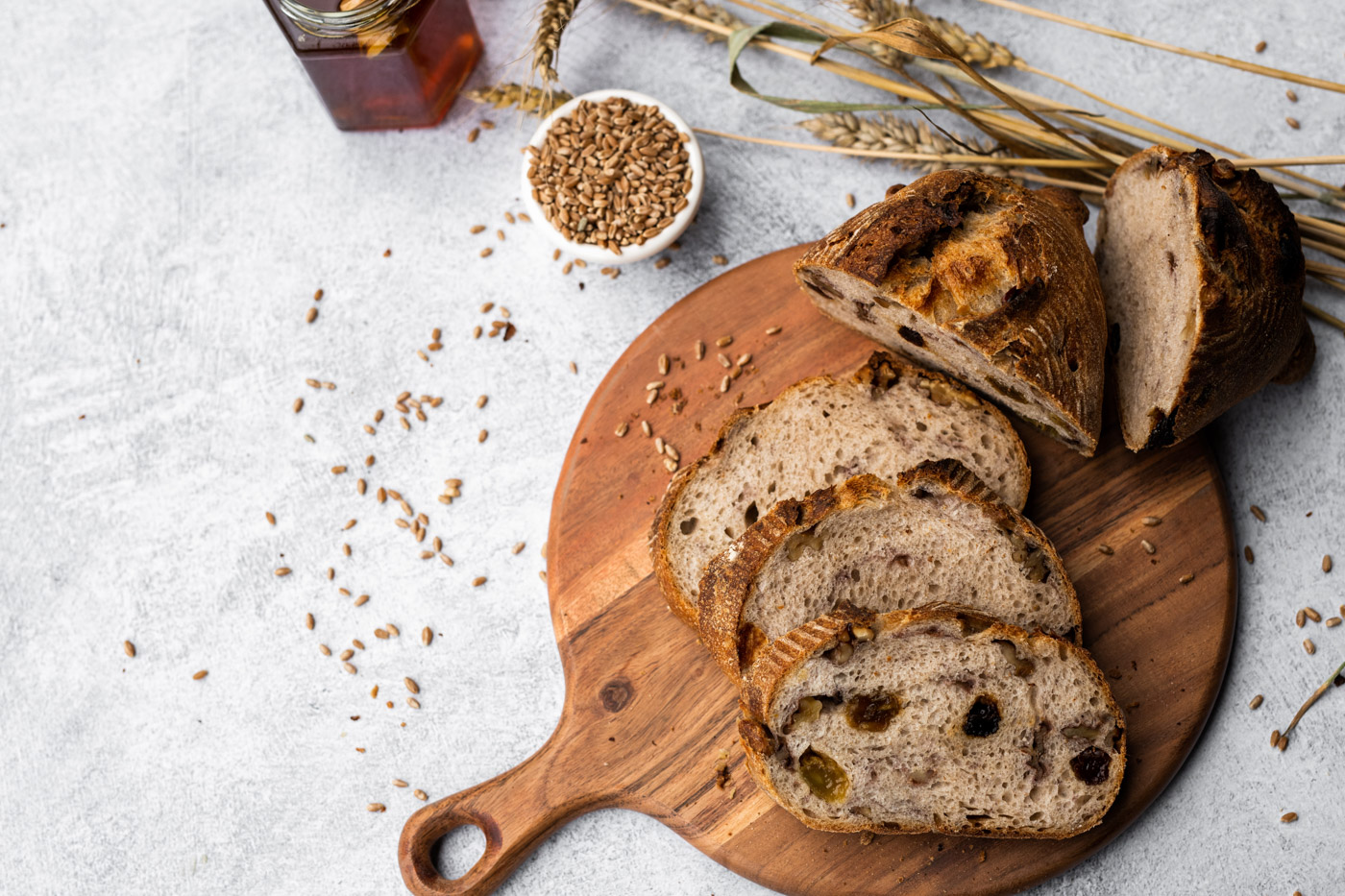
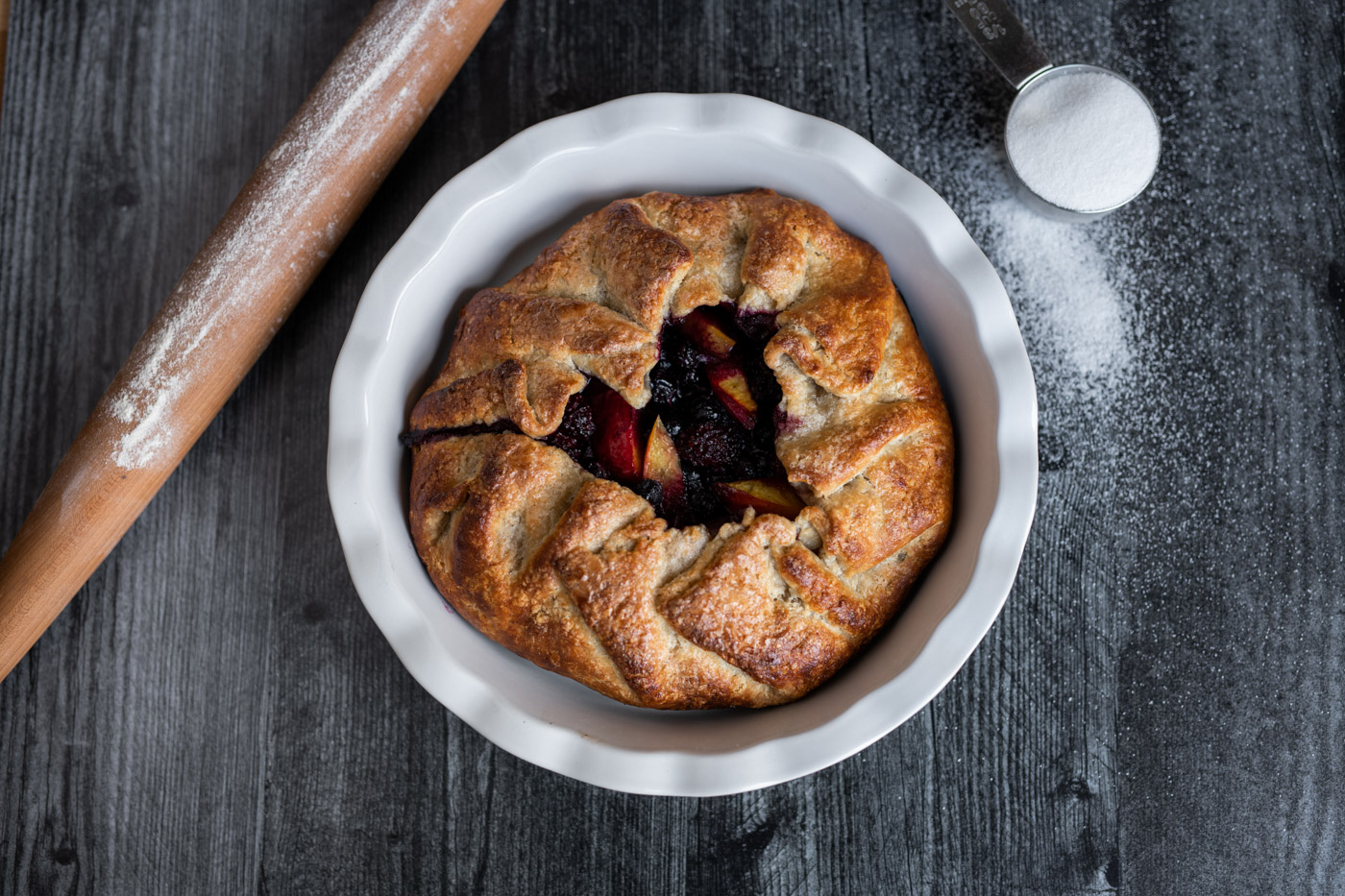
“There was already all this interest and momentum. [Port of Skagit and Breadlab] just needed an entrepreneur, so I raised my hand,” says Morse. In 2016, he launched his stone-milled flour company so wheat developed by Breadlab for the region and grown by local farmers could also be processed within the region and then sold back to local consumers. From local farms to the local mill to local kitchens, he wanted to create a radical food system that challenged the centralized commodity market that dominates the wheat and flour industry. Morse created a closed loop economy where the profits from local harvests are driven back into the local community instead of into the pockets of larger companies like General Mills.
“Grain is one of the largest food categories in the world and it makes up 20% of the American diet,” explains Morse. “I figured, if we create a good model here, we can replicate it and help change the world—create food systems that could make our communities healthier and more prosperous.”
He drew upon what he’d learned in his 35 years in the agriculture sector: the primary driver causing everything from farmer bankruptcies because the current commodity doesn’t adequately support them, to the unsustainable farming practices causing harm to the soil and environment, was the result of our foodways evolving from one that was local, regional and decentralized to one that is highly centralized and focused on faster and cheaper production of products.
Paving the way for a healthier local economy isn’t just good for the Skagit Valley, but challenges a global commodity system that affects grain-growing countries across the world. “In an industrial bag of white flour on the shelf, that flour can be made from grain from Eastern Washington to North Dakota to Kansas to Kazakhstan to China to Canada or all of the above,” says Morse.
This is because the commodity grain system is milling three to five million pounds of flour per day, and because their model is based on the cheapest grain possible, they buy grain from all around the world at the lowest price possible, which in turn creates a substantial carbon footprint. This also creates a traceability issue. For example, General Mills had two E. coli outbreaks with their flour in 2016 and 2019; they had to recall millions of pounds of flour nationwide and struggled to determine the origin of the outbreaks. Both outbreaks were eventually linked to a General Mills facility in Kansas City, Missouri. Meanwhile, Morse and Miller’s direct partnership with local grain growers and small-scale production creates a transparent supply chain.
Scale also plays an important role in the profitability of wheat for small farmers. Wheat has averaged $4 to $5 per bushel over the last decade on the commodity market, but as Morse notes, “Most farmers I know need to make $8 to $9 a bushel to make money if they are doing it without subsidies.” Less than $8 to $9 a bushel means farmers don’t make up their costs and have to rely on federally-subsidized crop insurance to make up for lost revenue.
This is why prior to the recent investment in grains in the Skagit Valley by WSU’s Breadlab and Port of Skagit, as well as venture capitalist funds like Patagonia’s Tin Shed Ventures, most farmers were growing wheat solely as a rotational crop in between vegetable cash crops like spinach. On average, Cairnspring pays local farmers $9 a bushel, which contributes to a higher final product cost for consumers than commodity flour, but ensures local farmers are justly compensated for their labor. Cairnspring also mitigates transportation costs by being located just down the road from most of its growers.
While federal subsidies have kept commodity wheat farms alive, especially since the 2014 and 2018 farm bills expanded the country’s farm subsidy program, they don’t promote good land stewardship. Instead, subsidies promote monocropping—the agricultural practice of growing a single crop year after year on the same land with no crop rotation. This is done to yield as much wheat, and therefore profit, as possible, but leads to nutrient depletion in the soil and erosion, necessitating the use of man-made inputs like chemical fertilizers and pesticides, which in turn contribute to climate change. Monocropping also contributes to the eradication of heritage grains in favor of the same few wheat varieties of soft white wheat sold on the commodity market for product consistency.
These same subsidies that promote monocropping often incentivize chemically intensive farming in order to maximize yields. Most often, that means the farms use Roundup, the brand name for the herbicide glyphosate originally created by Monsanto and known to boost production when sprayed on wheat during harvest. Increasingly, there is evidence to suggest that growing gluten intolerance and wheat allergies may actually be the body’s reaction to chemically intensive farming and the use of herbicides such as this. These are the many reasons Fairhaven Mill and Cairnspring Mills work exclusively with growers who agree not to use glyphosate.
The upsides to local flour and a local grain economy aren’t only economic or environmental; they’re also delicious. Local grain varieties boast notes of caramel, coffee and spice that aren’t found in the bleached and bromated flours of giant production companies. Local wheat varietals create the unique flavor qualities in each of Cairnspring flours, from their Organic Edison T85, made from the nutty and buttery Edison Hard White Wheat Flour, to the Organic Skagit made with organic 1109 Hard Red Winter Wheat that has a more robust wheat flavor perfect for sourdough loaves and imparts dark caramelization in crusts. The Skagit 1109 Hard Red Winter Wheat used in Cairnspring’s flour was developed by the Breadlab in the Skagit Valley by Dr. Stephen S. Jones specifically for the maritime climate of the Pacific Northwest, meaning it naturally thrives in the climate without the use of chemicals and yields grain with a taste of the local soil.
“Wheat varieties have terroir—a sense of place—that we haven’t really discovered before, which is exciting with 2,000 varieties of wheat out there. We’ve been eating only a dozen or so that are
bred for mass production, protein and yield instead of flavor,” says Morse. Miller echoes this sentiment in his own flour varieties: “Until you try our flours, you have no idea that grains are like grapes.”
Aside from the flavorful varietals, and unlike commodity flour millers, the majority of the bran and germ remain in Fairhaven and Cairnspring flours. Stone mills, unlike industrial steel roller mills, feed grain in between two round grooved stones that scissor or cut the grain down to size. The bottom stone remains stationary, while the top stone moves at a slow speed to grind the grain. That slow speed coupled with the cool temperature of the stones preserves the bran and germ of the grain, both of which are fats that would go rancid with heat. The bran and germ contribute flavorful fats and oils to the flour and create silkier doughs with a moister crumb. This is why prominent names like Tartine Bakery use Cairnspring flour at their California locations, as well as their Seoul branch. The mill works with the bakery to coordinate custom flour blends to match their desired flavor and bread crumb—something only a miller working in such small tailored batches could do.
Like David and Goliath, Cairnspring Mills and Fairhaven Mill might technically be small businesses, but they are taking on a global system. When Morse founded Cairnspring Mills, he knew the mill would be about more than simply making flour. “I decided at the age of 50 that I wanted to do something, hopefully for the next 50 years of my life, that would create a model for a new food system,” he says. With an online store that sees 40% of customers return and flour being used by several major baking companies in Seattle, including Grand Central Bakery and Macrina Bakery, as well as fine-dining destination Canlis, and Renee Erickson’s Sea Creatures restaurant group, he’s proved that his model works.
Miller has had his own share of business success stories, including his plans to work with the cafeterias on the Facebook and Google campuses to supply them with local grains to replace the industrial flour they use to feed their multitude of tech workers in Seattle.
While both small mills hope for more future success of their own, they both measure their real success in terms of if their gospel spreads to local consumers and grain communities around the nation. As Miller says, they want to see “local become the new organic.”





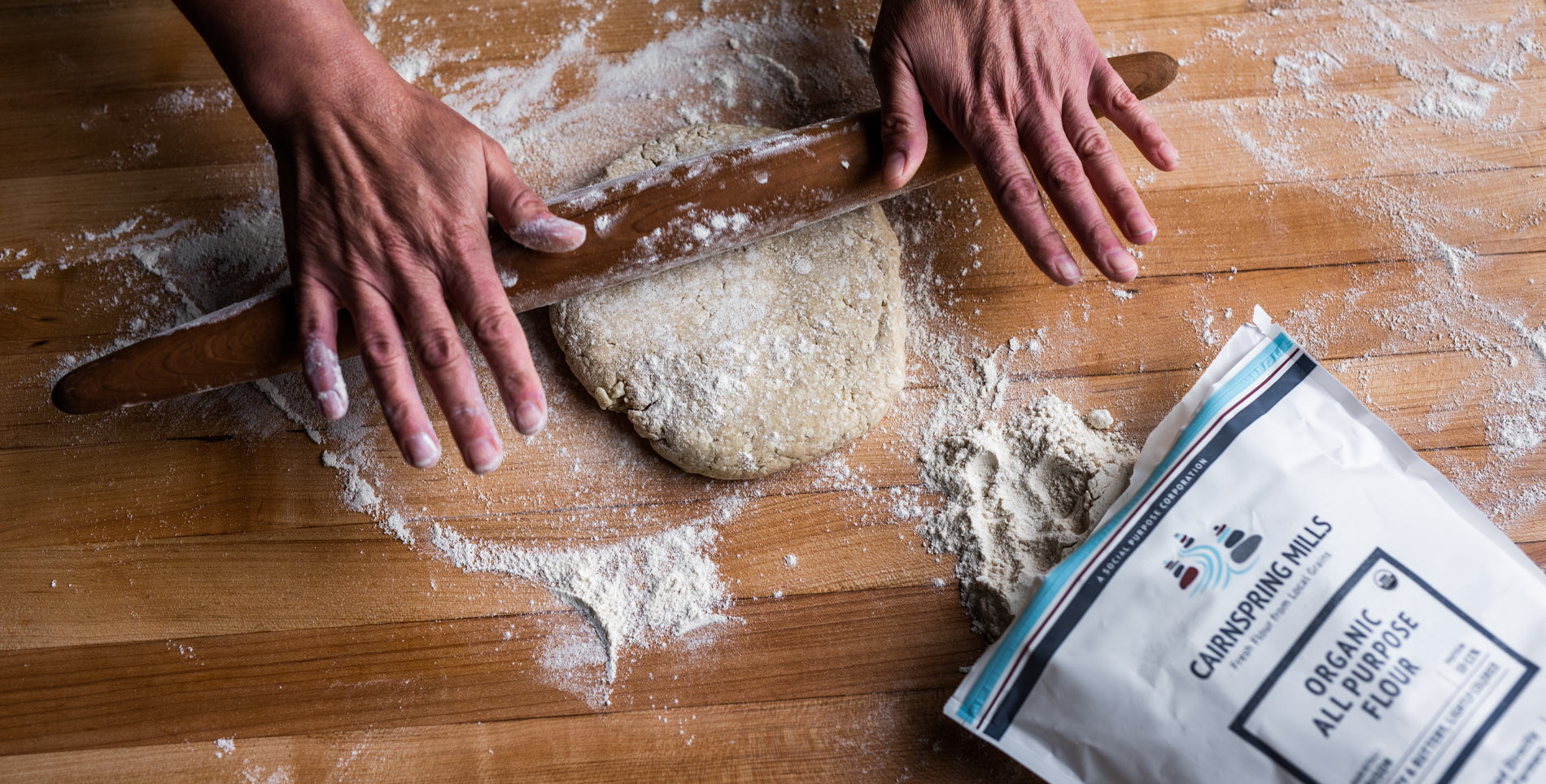

Our comments section is for members only.
Join today to gain exclusive access.